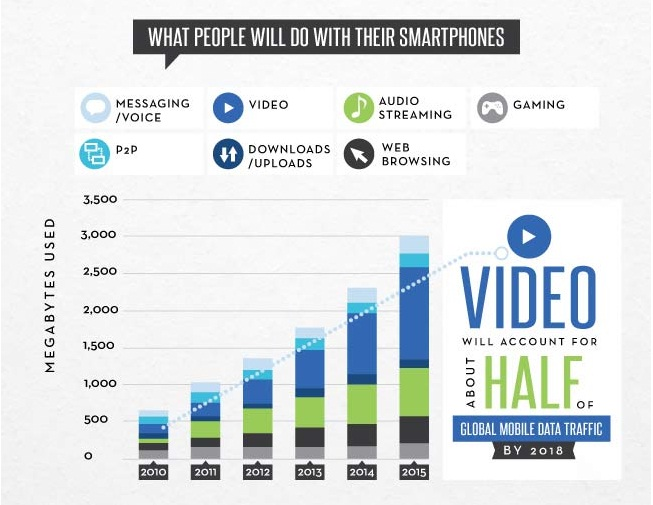Creating a website is fairly easy. Creating an effective website is not. There are many…
Having a website to boost your business involves more than just, well, having a website. It requires a lot of planning. For instance, who are your customers? If you’re selling sports shoes, then your website should talk to people who are into sports (or encourage those who are not); and if your business is selling children’s books, then your website should be appealing to kids, parents, and educators. You need to plan with your Web designer how your potential customers in Brunei and other countries will be attracted and enticed to your site, and how it should make them want keep them coming back for more.
One of the hype these days when it comes to Web design is for a site to be able to adjust accordingly so people can access and view it no matter what device they are using. Called responsive Web design, this lets them enjoy, read, and navigate your site without difficulty whether they are using a desktop, a laptop, a tablet, or a smartphone – and there shouldn’t be a problem whether they are holding their mobile device vertically (portrait orientation) or horizontally (landscape orientation). They should also be able to have a good experience whether they’re using a mouse or a touchscreen.
Again, taking children’s books as an example, kids should be able to enjoy your site so they will be enticed to have the products that you’re selling. If the kids can interact or “play” with some of the books’ characters, whether they’re at home using the PC or on the road using their tablet, then they’d most likely have a good experience.
The thing about responsive Web design is, it almost always loads the same amount of data regardless of what device or connection you’re using. This means that if you have a Web page that’s heavy on graphics and images, then it will take forever to load on a slow connection. If, for example, your potential customer is outdoors using a public Wi-Fi network and there are many users at the time, they won’t be able to properly load and view your site – which could frustrate them even while they plan to make a purchase at that very moment. Internet users are not very patient people, so you need to consider this factor when you’re planning your site.

The graph from http://www.4gamericas.org/ shows the steady increase of the number of people using smartphones. Is your website optimized to be used on a mobile device?
There are several technical strategies or approaches that your Web designer may be able to come up with to address this potential issue, such as having a mobile-specific version of your website. This is a “lighter” version so that people on-the-go won’t have difficulty loading pages even while they’re using limited resources.
Just remember that when you’re planning your website, you need to consider that its appeal includes not only how it looks on a desktop but also how it performs on a mobile device.